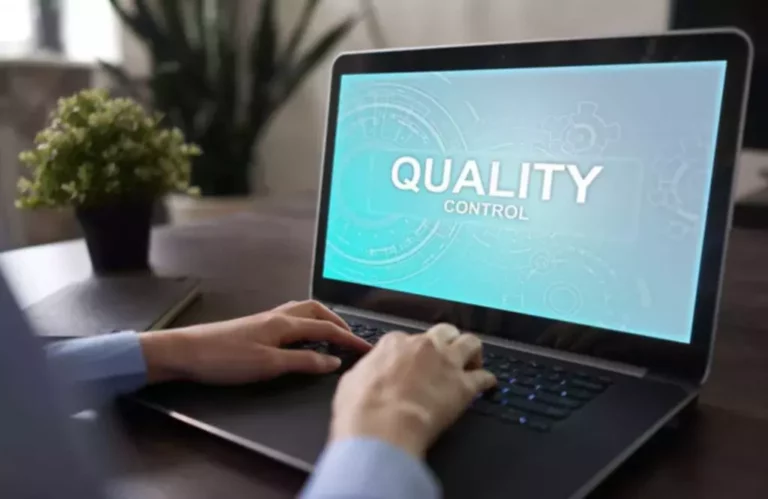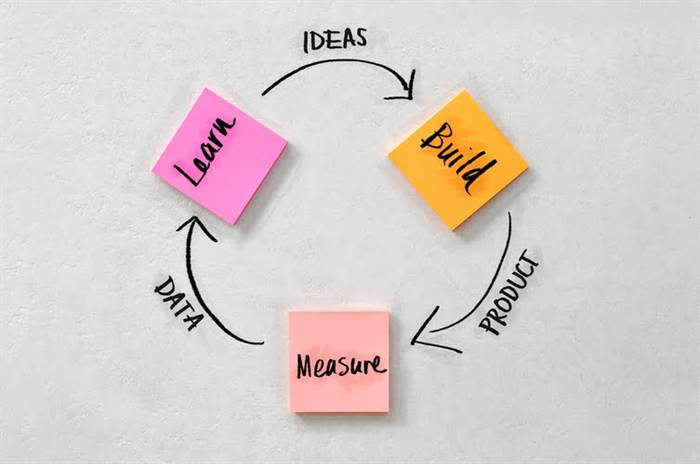How Virtual Reality Is Changing Education
Content
Furthermore, male and female participants did not differ in any of the objective performance metrics and did not experience the VR environment differently , based on subjective reports. The reported sense of presence experienced during the VR training was highly correlated with all the performance metrics. Such results suggest that developing VR environments that promote a high sense of presence in the user may improve the user’s performances after VR-based training.
- The introduction of immersive environments through virtual reality technology in the education sector has sparked a transformative shift, proving particularly advantageous for primary school students who require tailored support.
- Similar to any software and devices, VR tools get spoiled from time to time.
- Arizona State University , an HSI, has partnered with Dreamscape, an LA-based immersive VR company, which creates location-based entertainment.
- Students affected by the digital divide struggle with access to a curriculum with AR/VR involved, as they lack access even just to technology such as a phone or laptop or an affordable data plan.
- And, since it’s still something relatively new to most children, it can also excite them with experiences they otherwise may never have—like taking field trips to the desert or to outer space.
To date, the IIJA has worked to center equity as an objective, notably with the $42.45 billion Broadband Equity, Access, and Deployment program specifically intended to expand high-speed internet to unserved and underserved areas. Among roundtable participants, concerns were raised around the access to technology in classrooms due to the lack of available hardware, and software for students, largely due to limited budgets. Ideally, ready-made units or student kits (e.g., headsets for VR) can be more easily integrated into classrooms, reducing the burden of the faculty at MSIs to learn, navigate or create the content themselves.
The Disadvantages Of Virtual Reality In Corporate Training
In any use of new technology, some students will pay more attention to the technology instead of what the technology is used for. There are also positive students’ perceptions of the value tool https://globalcloudteam.com/ dimension. However, in this dimension, the results are not as good as in the learning tool dimension. We interpret the best results of this dimension to be in items in terms of access.
Not only can it become expensive for the prospective student, it’s also time-consuming for them and their families. The Esade library is rolling out a new Virtual Reality content service for students, faculty, and staff with the VirtualSpeech platform. The practical implications of this are huge, as VR opens up new ways to learn skills that were otherwise difficult to teach or appeal to a wider range of learning styles. Use the Google Cardboard medium to create role-playing games where students put themselves in the middle of a 3D tale.
Pilot Trainings
The survey of experience consisted of 8 qualitative questions, six open-ended and 2 yes/no questions , and 15 quantitative Likert-scale questions with five levels of agreement, ranging from strongly disagree to strongly agree . The open-ended questions provide information virtual reality in education about students’ perception of their achievement of learning objectives and their own experience with the VR setting. The Likert-scale questions provide information about using virtual reality as a learning tool and the value students find in virtual reality.
This can enhance learning experiences for children with physical disabilities by bringing the exciting elements of the world to them. Both virtual and augmented reality can help teachers enhance their classroom instruction without discipline restrictions since there is such a wide variety of virtual education content on countless topics. With AR, for example, they can boost student motivation and engagement and improve their attitude on learning. When students are engaged from start to finish—something VR-based learning can boost—they tend to perform better. Plus, from an SEL perspective, virtual reality can help make learning more meaningful for students while motivating them in new ways. By using these tips, teachers can leverage the power of virtual reality to create immersive learning experiences that help their students master difficult subjects.
Extended Reality; Our Ticket into the Digital World
We present the quantitative and qualitative results and discuss the relations between them. Finally, we conclude the article with some recommendations for implementing educational technologies in the science classroom. In this study, the skull VLR was equally efficient with cadaver skull and atlas in teaching anatomy structures. Such a model can aid individuals in understanding complex anatomical structures with a high level of motivation and tolerable adverse effects. Advances in 3D digital technology have enabled the development of more sophisticated and realistic VLRs, which provide opportunities for its use in traditional anatomy teaching settings as a powerful supplement. Future generations of medical students may benefit from these technologies at the earliest stages of their learning, from VR anatomy models to patient-specific VR simulations, as needed.

As headsets have gotten smaller, mobile, and more powerful, the technology has become vastly more accessible. Additionally, 5G cellphones have made it possible to access the virtual realm from anywhere. It’s known that every student loves playing games, even adults enjoy playing games.
Student motivation, engagement, and connection.
The benefits of virtual reality in education have been widely documented and in this article we will explore how this technology can be used to develop practical knowledge in the classroom. VR education is a growing field, and its applications within tertiary, secondary and primary education are beginning to be understood. Another benefit of augmented reality is capitalizing on different learning styles.

This means that school leaders have had to boost their understandings of each one in many cases. As a reminder, AR involves adding digital elements to real video—usually viewed on a smartphone—while VR usage often involves a completely immersive experience that requires a headset to enter that digital world. Though they have their differences, both AR and VR could increase learning opportunities.
Presentation In A VR Room
Apart from mastering how to teach online, any passionate educator would be concerned about delivering meaningful lessons. Virtual Reality has been one of the most buzzing phrases in the technological world recently. Its amazing benefits have been dominating every industry, and the education sector is no different. This article confers 5 exceptional ways educators can benefit from VR for their online teachings. One downside of the fully immersive environment is that the user is not able to sense the real world objects around once he or she goes into the virtual world. Hence, with some amount of required movement during Virtual Reality immersion, collision with real world object becomes a concern because users may easily run into an obstacle and get hurt.
